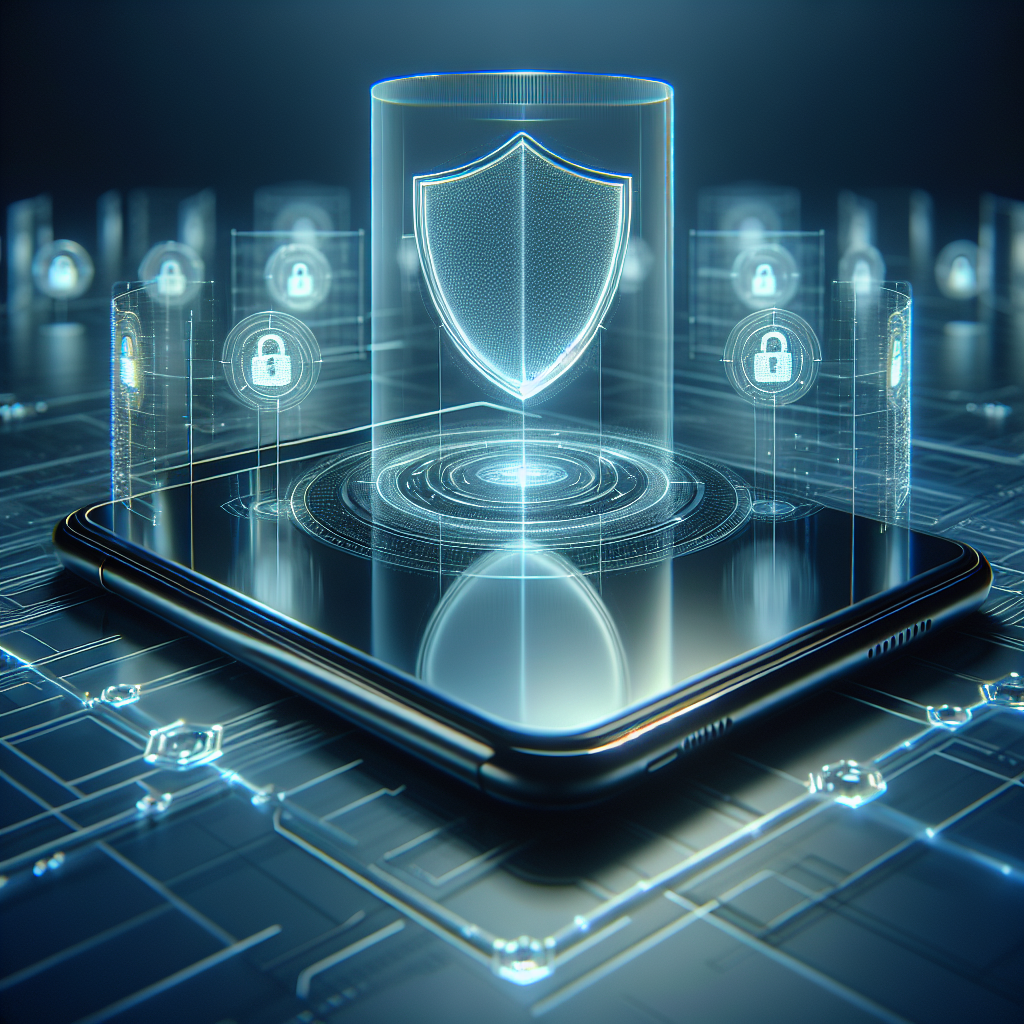Apple’s Latest iPhone Security Feature Raises the Bar for Spyware Defense
Apple’s announcement of its upcoming iPhone 17 brought a slew of new innovations, from camera upgrades to sleeker hardware design. However, one of the most groundbreaking introductions—especially for cybersecurity professionals and government contractors—is the enhanced security feature aimed at defending against spyware threats. As privacy concerns mount across both public and private sectors, Apple’s new technology offers much-needed relief to individuals and organizations tasked with protecting sensitive data.
Understanding the Enhanced Security Measure
Apple revealed that one of the standout features of the iPhone 17 is an advanced “Private State Architecture” (PSA), a security framework designed to thwart spyware infiltration at both hardware and software levels. The PSA operates by isolating key components of the operating system, making it significantly harder for malicious actors to access or exploit critical data pipelines—even if the device is unlocked.
How It Works
The new framework leverages the iPhone’s Secure Enclave—a hardware-based, secure subsystem within Apple’s chips responsible for handling sensitive operations (like encryption keys and biometric data). The PSA expands this protection by:
– Using memory isolation techniques to compartmentalize system functions;
– Authenticating app-level access calls through a zero-trust model;
– Automatically activating enhanced protections when the phone detects suspicious behaviors such as software injected from unauthorized sources or abnormal data transmission activity.
This multifaceted approach effectively hardens the system against zero-click exploits like those used by NSO Group’s Pegasus spyware, which infamously targeted journalists, activists, and government officials in several countries.
Real-World Implications for Government Contracting
In the federal and Maryland state government contracting landscape, information security is paramount. Contractors handling Controlled Unclassified Information (CUI), Federal Contract Information (FCI), or sensitive health and defense data must adhere to frameworks like NIST SP 800-171, FedRAMP, and CMMC 2.0. The new iPhone security feature aligns well with the intent of these standards by reducing the attack surface of mobile endpoints.
For project managers and security officers working in or with state and federal agencies, equipping staff with hardware that meets modern security expectations is a proactive risk mitigation step. The new security architecture could potentially limit the liability exposure of prime contractors and subcontractors by reducing vectors through which espionage-grade spyware could be deployed.
Why This Matters More Now Than Ever
Relevance Amid Rising Threats
Recent high-profile cyber incidents, including breaches of contractor networks and mobile-device surveillance of public officials, underscore the increasing sophistication of adversaries and their tools. With mobile devices often acting as soft targets, securing them has become a critical component of any organization’s broader cybersecurity posture.
The U.S. government has recognized mobile security as an emerging threat vector. In 2023, the Department of Homeland Security (DHS) emphasized the need for federal agencies to adopt mobile endpoint detection and response (EDR) platforms. Apple’s latest technology aligns well with these evolving government preferences.
Strengthening Insider Threat Programs
Spyware isn’t always deployed by outsiders. In some cases, internal actors may be manipulated into installing malicious apps or clicking on infected links. Apple’s proactive sandboxing and behavioral detection mechanisms will support insider threat programs by minimizing the risk of human error leading to catastrophic data compromises.
Contractors operating under defense or healthcare contracts can integrate iPhone 17 devices into secure communication infrastructures with more confidence, knowing that the hardware is embedded with smart defenses against both intentional and accidental intrusions.
Next Steps for Project Managers and Government Contractors
Device Policy Updates
Project management offices (PMOs), particularly in sensitive contracts, should consider revising their BYOD (Bring Your Own Device) and MDM (Mobile Device Management) policies to prioritize devices with hardware-backed security. The iPhone 17 may need to be vetted and added as a recommended device in technology procurement strategies.
User Training and Awareness
While technology can shield users from many threats, training remains crucial. Pairing the new iPhone’s capabilities with awareness programs and routine security drills ensures employees and stakeholders don’t inadvertently bypass built-in protections.
Coordination With Compliance Frameworks
Project managers should verify that use of the iPhone 17 complies with contractual data protection clauses, especially those guided by frameworks such as:
– NIST SP 800-171
– CMMC 2.0 (Levels 1-3)
– HIPAA
– CJIS for law enforcement-related services
Including this form of hardening in the Plan of Action and Milestones (POA&M) may also improve audit outcomes and compliance readiness.
Conclusion
Apple’s new iPhone 17 security architecture sets a new standard for mobile defense against spyware, marking a major leap forward for privacy and cybersecurity. For project managers and federal#iPhone17Security #SpywareDefense #AppleCybersecurity #GovernmentContracting #MobileSecurityInnovation

